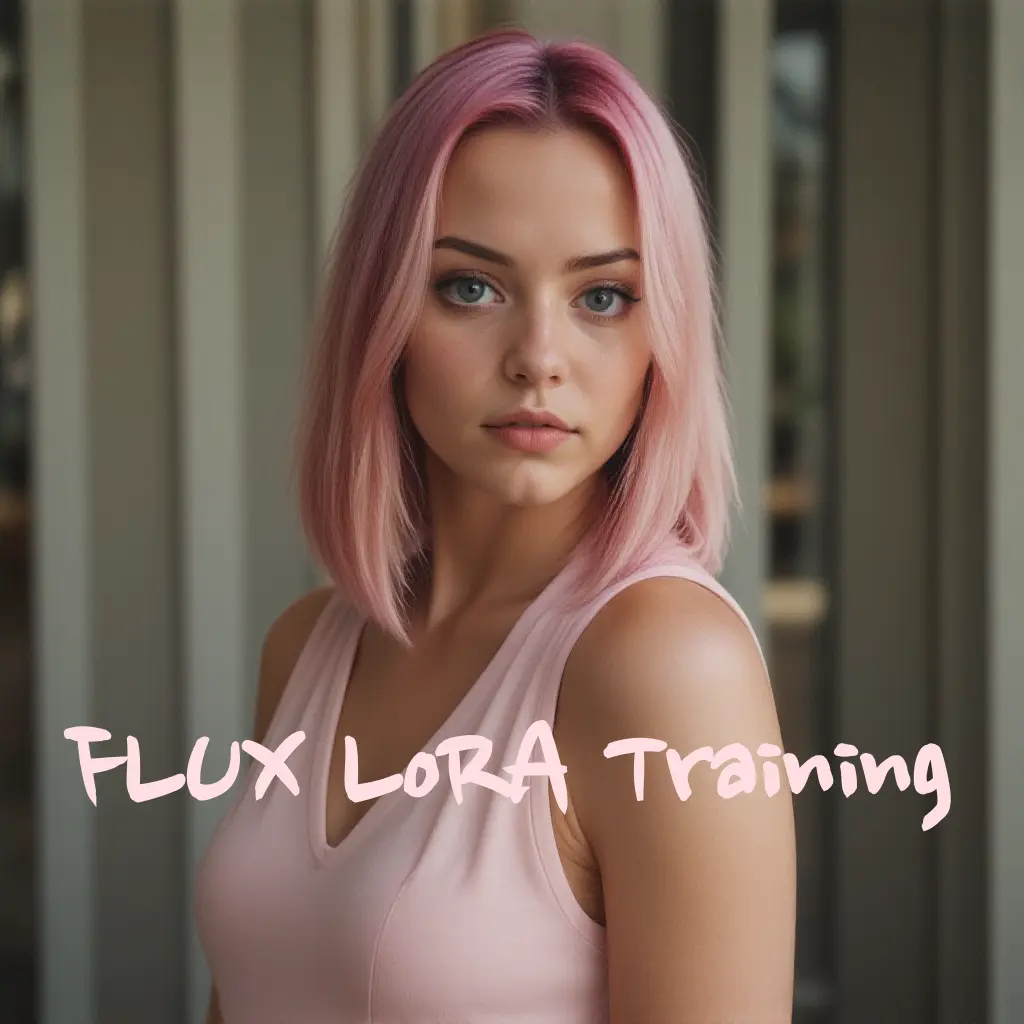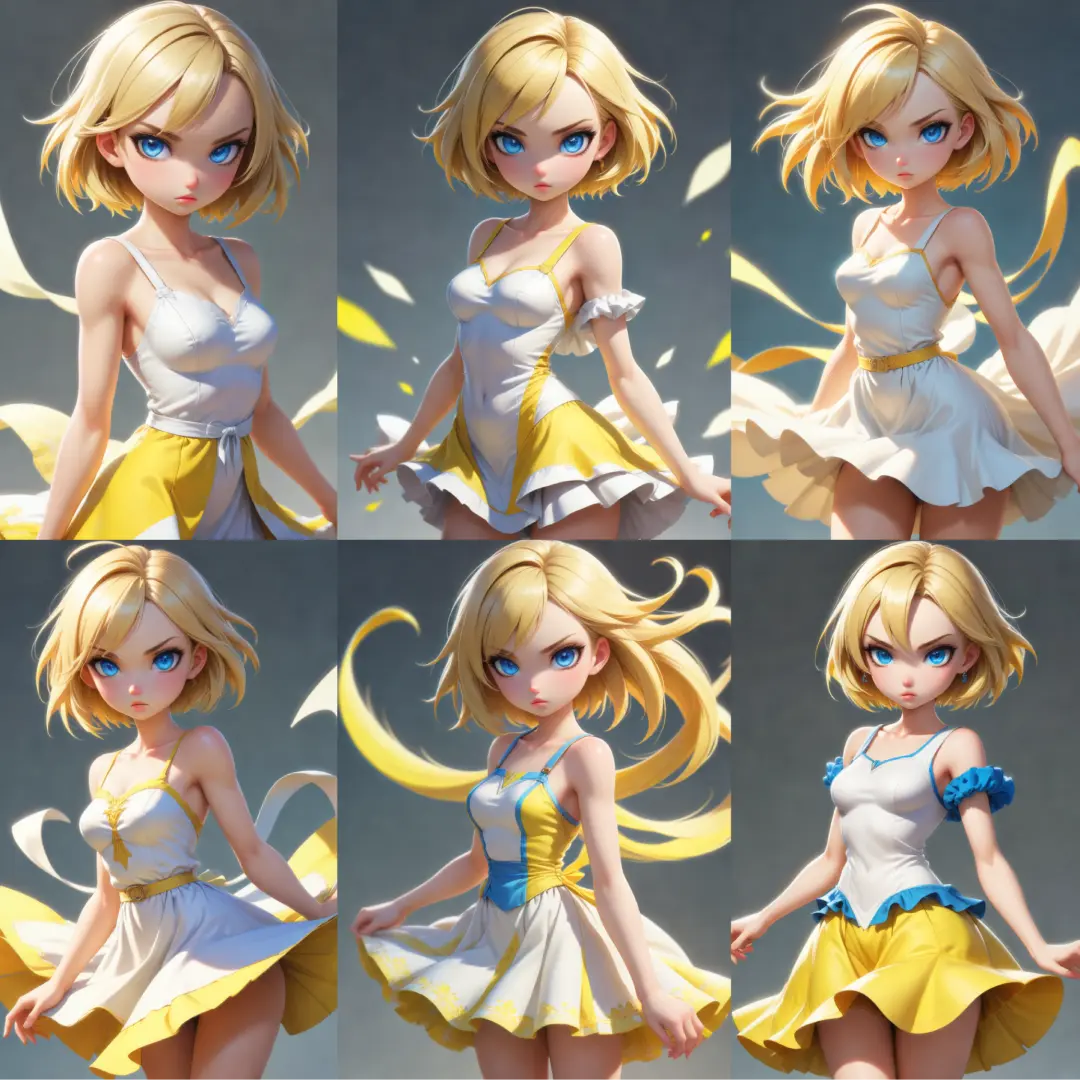ComfyUI Node: 🔧 SDXL CLIPTextEncode
CLIPTextEncodeSDXL+
Categoryessentials/conditioning
cubiq (Account age: 5296days) Extension
ComfyUI Essentials Latest Updated
2024-12-07 Github Stars
0.77K
How to Install ComfyUI Essentials
Install this extension via the ComfyUI Manager by searching for ComfyUI Essentials- 1. Click the Manager button in the main menu
- 2. Select Custom Nodes Manager button
- 3. Enter ComfyUI Essentials in the search bar
Visit ComfyUI Online for ready-to-use ComfyUI environment
- Free trial available
- 16GB VRAM to 80GB VRAM GPU machines
- 400+ preloaded models/nodes
- Freedom to upload custom models/nodes
- 200+ ready-to-run workflows
- 100% private workspace with up to 200GB storage
- Dedicated Support
🔧 SDXL CLIPTextEncode Description
Encode textual descriptions for AI art generation using CLIP model for enhanced conditioning inputs and image generation.
🔧 SDXL CLIPTextEncode+:
The CLIPTextEncodeSDXL+ node is designed to encode textual descriptions into a format that can be used for conditioning in advanced AI models, particularly those used in AI art generation. This node leverages the powerful CLIP (Contrastive Language-Image Pre-Training) model to transform input text into a set of tokens and then encode these tokens into a conditioning format. This process allows the AI model to understand and generate images based on the provided textual descriptions. The node is particularly useful for creating detailed and contextually rich conditioning inputs, which can significantly enhance the quality and relevance of the generated images. By using this node, you can ensure that your textual prompts are effectively translated into a form that the AI model can utilize to produce high-quality, aesthetically pleasing images.
🔧 SDXL CLIPTextEncode+ Input Parameters:
clip
This parameter expects a CLIP model instance. The CLIP model is responsible for tokenizing and encoding the input text. It is a crucial component as it determines how well the text is understood and encoded for conditioning.
width
This integer parameter specifies the width of the target image. It helps in defining the resolution of the output image. The default value is 1024, with a minimum of 0 and a maximum defined by the system's maximum resolution capability.
height
This integer parameter specifies the height of the target image. Similar to the width parameter, it helps in defining the resolution of the output image. The default value is 1024, with a minimum of 0 and a maximum defined by the system's maximum resolution capability.
crop_w
This integer parameter defines the width of the crop area within the target image. It is used to specify a specific region of interest within the image. The exact default, minimum, and maximum values are not provided but should be within the bounds of the image dimensions.
crop_h
This integer parameter defines the height of the crop area within the target image. It is used to specify a specific region of interest within the image. The exact default, minimum, and maximum values are not provided but should be within the bounds of the image dimensions.
target_width
This integer parameter specifies the width of the target area within the image. It is used to resize the image to a specific width. The exact default, minimum, and maximum values are not provided but should be within the bounds of the image dimensions.
target_height
This integer parameter specifies the height of the target area within the image. It is used to resize the image to a specific height. The exact default, minimum, and maximum values are not provided but should be within the bounds of the image dimensions.
text_g
This string parameter allows you to input the global textual description that will be tokenized and encoded by the CLIP model. It supports multiline and dynamic prompts, enabling you to provide detailed and complex descriptions.
text_l
This string parameter allows you to input the local textual description that will be tokenized and encoded by the CLIP model. It supports multiline and dynamic prompts, enabling you to provide detailed and complex descriptions.
🔧 SDXL CLIPTextEncode+ Output Parameters:
CONDITIONING
The output of this node is a conditioning format that includes the encoded tokens and additional metadata such as pooled output, width, height, crop dimensions, and target dimensions. This conditioning format is used by the AI model to generate images based on the provided textual descriptions. The conditioning output ensures that the model has all the necessary information to produce high-quality and contextually relevant images.
🔧 SDXL CLIPTextEncode+ Usage Tips:
- Ensure that your textual descriptions (both global and local) are detailed and contextually rich to get the best results from the AI model.
- Adjust the width, height, crop dimensions, and target dimensions to match the desired resolution and area of interest in your output images.
- Use dynamic prompts to create more varied and interesting conditioning inputs, which can lead to more creative and diverse image outputs.
🔧 SDXL CLIPTextEncode+ Common Errors and Solutions:
"Invalid CLIP model instance"
- Explanation: This error occurs when the provided CLIP model instance is not valid or not properly initialized.
- Solution: Ensure that you are passing a correctly initialized CLIP model instance to the node.
"Text tokenization failed"
- Explanation: This error occurs when the input text cannot be tokenized by the CLIP model.
- Solution: Check the input text for any unsupported characters or formats and ensure it is properly formatted for tokenization.
"Resolution parameters out of bounds"
- Explanation: This error occurs when the width, height, crop dimensions, or target dimensions are outside the acceptable range.
- Solution: Verify that all resolution parameters are within the specified minimum and maximum values and adjust them accordingly.
🔧 SDXL CLIPTextEncode Related Nodes
RunComfy is the premier ComfyUI platform, offering ComfyUI online environment and services, along with ComfyUI workflows featuring stunning visuals. RunComfy also provides AI Models, enabling artists to harness the latest AI tools to create incredible art.



